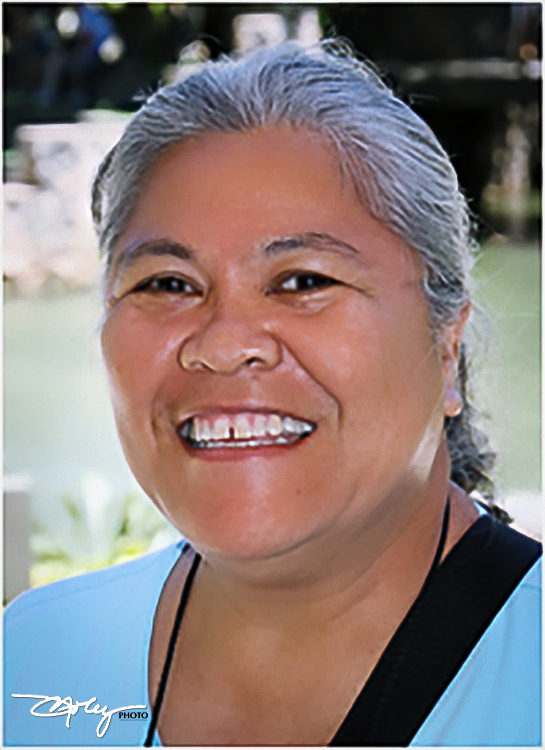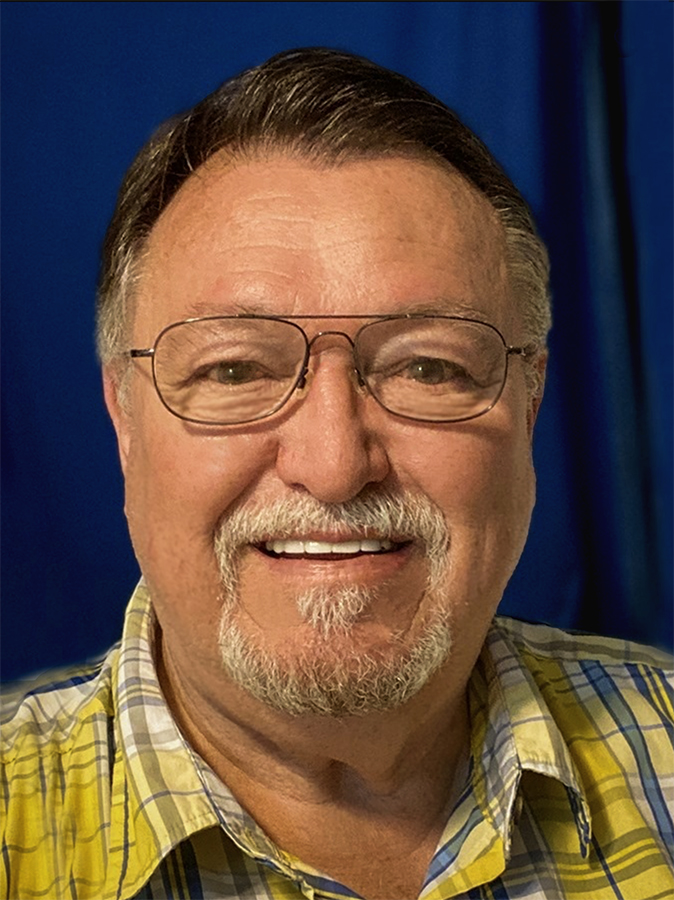
[Reprinted from PCC50.com, September 6, 2013, interview and photo by Mike Foley]
Shirley grew up in Laie but left for American Samoa in 1985 where she started teaching in Pav’ia’i. After returning to Laie for a few years, she moved to Mapusaga Fou, American Samoa, where she started teaching, then counseling. After earning a master’s degree in curriculum studies from the University of Hawaii, she became an instructor in the Teachers Education Department at the Community College of American Samoa.
Just a girl when the PCC first opened: When the PCC first opened, I was nine years old. Back then Tausilinu’u [David] Hannemann had our family weave coconut-leaf hats and bowls.
Mom did all the weaving, and she had all of us children get involved in that. It seems like we weaved over 100 things every other week. I remember the mailo [coconut-leaf dishes] were for the feast which, back then, was in the Samoan chief’s house.
I don’t know how much Tausili paid our mom, but I know she got paid for each item she made, and she would give us an allowance — 50 cents — so we could go to the Boy Scout movie. We also worked making leis.
On-call in Food Services: I was still really young when I was hired on-call for my first real job at PCC in 1968 in Food Services, where my mom was a cook. She had to go get me a permit to work at that age.
I was on-call every day, so I felt like I was a regular worker. In fact, I was on-call for four years.
I left PCC in 1976 when I went to the Rapid City South Dakota Mission, and have never worked there again.
When the Center was being. built: Some of my best memories of the Center are when it was being built, when I was a little kid. I used to run around the lagoon before there was water in there.
I can also remember when Amilale Uale, who worked for the sugar mill, would come around and take all the Samoan kūpuna on his truck, to the sugar cane field behind the temple. There, my grandma, Salaivalu Pili, and all her older friends would spend most of the afternoon collecting the dry sugar cane leaves [to be used to thatch the huts].
After school I would take my bike and go look for my grandma to give her water or food. All of them would be hungry for something, thirsty for something by then, so as a little kid I would go back and forth, get cold water from our fridge, go to the store and buy pākē cake, and take it to them. This was almost on a daily basis.
Later, when they started weaving the leaves for the huts, I would come to the Center every day after school just to sit with them and watch them work.
Fun times… like a playground: Those were really fun times, back then. The PCC was like our playground after school. That’s what we looked forward to.
Coming back and seeing how much the Center has grown and the many changes since then, of course, it seems like it was so simple back then compared to what the PCC has developed into today.
It’s just amazing. Everything has improved so much. Back then, we didn’t know if the PCC was going to stay open.
The truck used to come around the community and take people to watch the show, so it looked like there were a lot of people in the audience.
Coming to the show every night was another fond memory. I have a lot of fond memories of this place.
